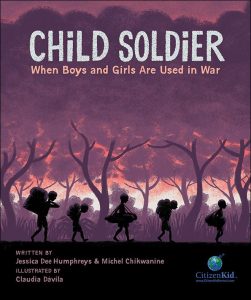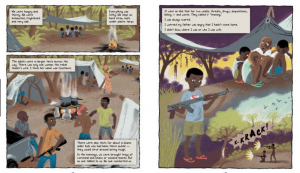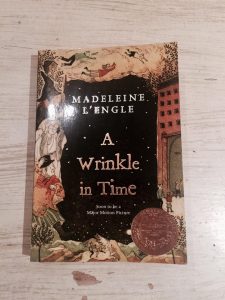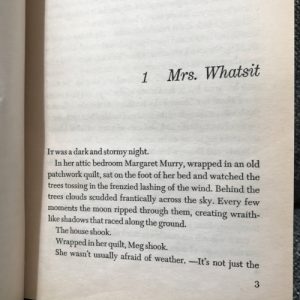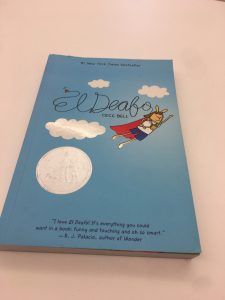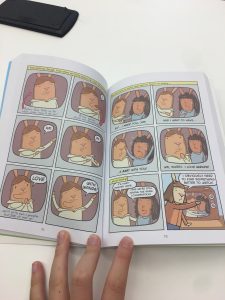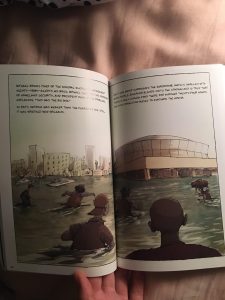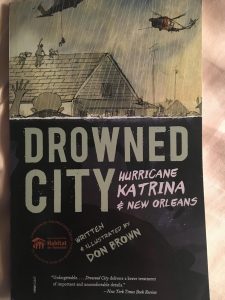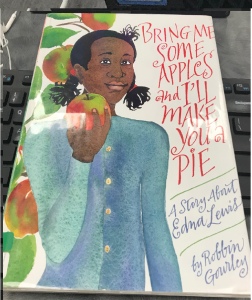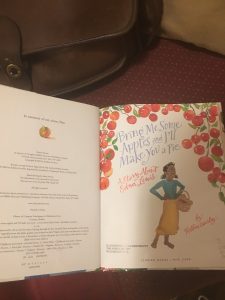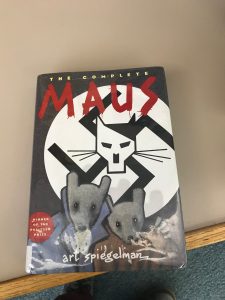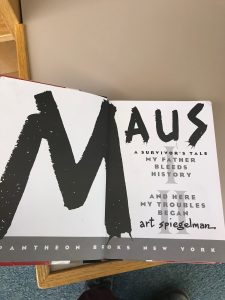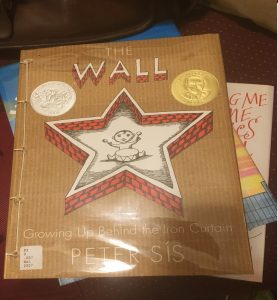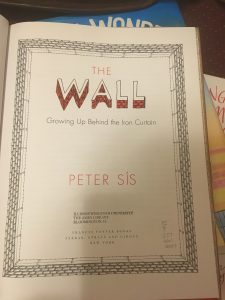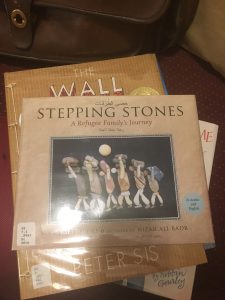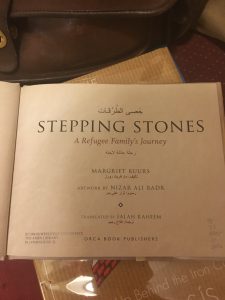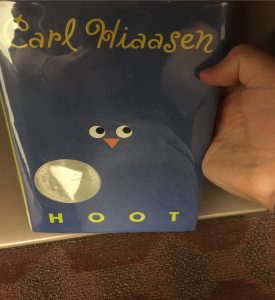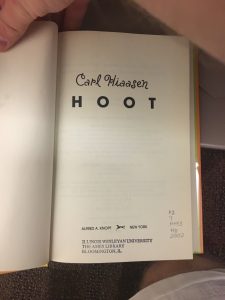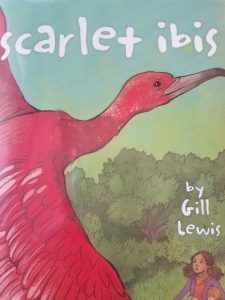
Title: Scarlet Ibis
Author: Gill Lewis
Illustrator: Susan Meyer
Publisher and Year: Oxford University Press, 2014
Number of pages: 273
Tags/Themes: Animals; Chapter Book; Emotion; Family; Fiction; 4-5; 6-8 E
Genre: fiction, family.
Descriptive Annotation: Scarlet is a young black girl who lives with her mum and her brother “Red” who both are white. Scarlet spends all her time taking care of Red who is a young boy with autism, who loves birds. Scarlet often takes care of her mum who has anger problems. After an incident with Scarlet’s mum falling asleep with a cigarette in her mouth and almost burning down their apartment, Scarlet’s family was taken away from her. Her mum stayed in a hospital, Red went to a foster home, and Scarlet went to a different foster home with her caretaker, Avril. Scarlet desperately wants to find Red but is unable to contact with him. She struggles with living with a new family in a new home coping with her emotions with her frustrations with social workers refusing to let her see her mum and brother.
Students might need to know the variation of “mum” to understand it means mom, but a different spelling.
Classroom Application: This text can be used to reinforce health/physical education area. The major plot point is after Scarlet’s mum burns down their apartment. After reading that chapter, it would be important to discuss with the class and practice fire safety and ways to prevent fires in their home.
This text meets the SELS of students experiencing family emotional stress. It can also be used to stretch how the students think of the definition of family. A foster family can be just as tight or close to other types of families.
Linguistic and Cultural Diversity Analysis :
This book represents the culture of children in foster care/families. It would be used to generate discussion on how foster care works, why it happens, teaching the students to not bully students with different families. It also represents the culture of children with autism. Generating discussion on how children/people with autism or special needs require a lot of love, and give a lot of love, just like how the students require love from their family and give a lot to their family. Growing a culture of respect and value for students with autism/special needs is another classroom application from this book. I might introduce this book to my students by having them draw a memory or activity they value about their family to get them in the mindset of valuing family with the content of this text. “Red cradles Little Red in his lap. I watch him run is hand from the pigeon’s head to his tail feathers. Little red becomes calm and turns his head to look at Red. Red touches the soft down of his chest. Red relaxes and I see his shoulders drop. He’s happy just stroking the bird. I slump into the armchair. My head feels heavy. My whole body feels tired. All I want to do is to curl up and sleep, and sleep, and sleep” (213). This quote shows how much Scarlet values her brother, but at the same time how drained she is. The tone is serious, Scarlet feeling tired with her words and imagery. It paints a picture how she needs help taking care of Red, and how students need to no place everything on their shoulders. “I take a step toward them. “It’s all right for you,” I say. “You can go back to your nice homes with your nice families. You can have your meals cooked every night. Your mums and dads look after you. They’re not crazy. They don’t swear at you or call you names. But Red and I don’t have that. We don’t have anything like that. All we’ve got is each other. And if you tell on us, we’ll be split up, and then we won’t have anything as all ”” (228). This quote really shows the conversation tone in this book. Scarlet frustration built up and she is exploding to her friends. You can hear her anger and frustration in the sentences. The beautiful thing about this quote is her friends listen to her afterwards and give her the space to vent and be vulnerable to them. Teaching the students friends allow each other to be vulnerable to each other.

